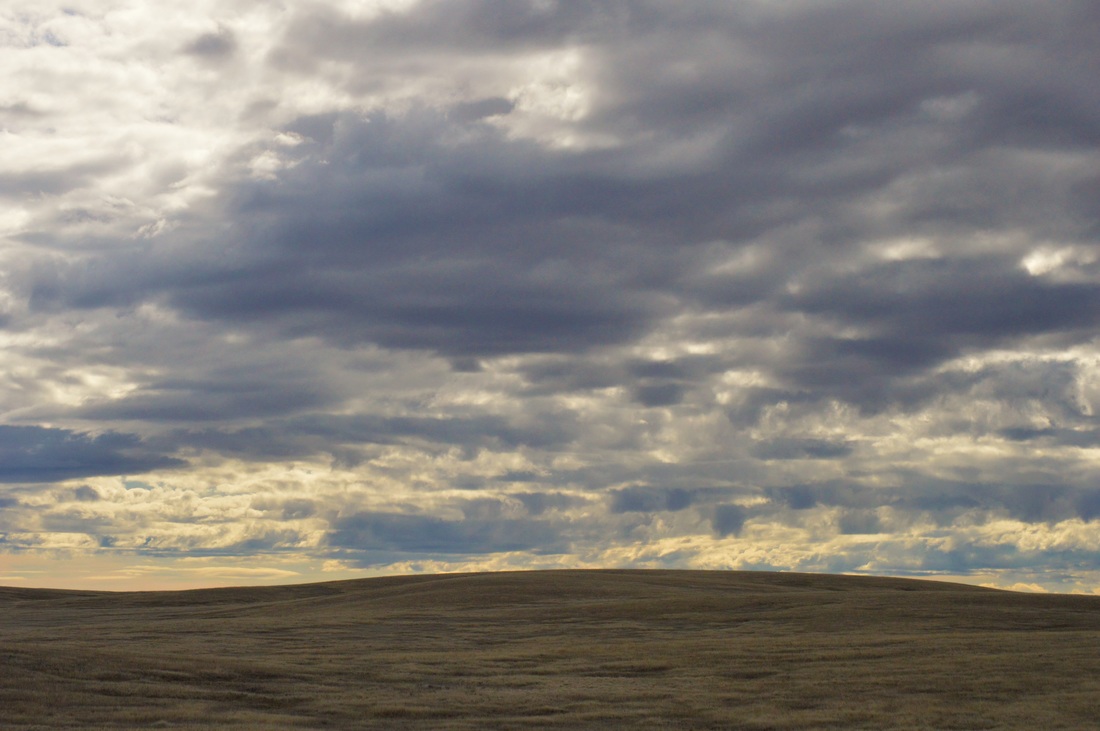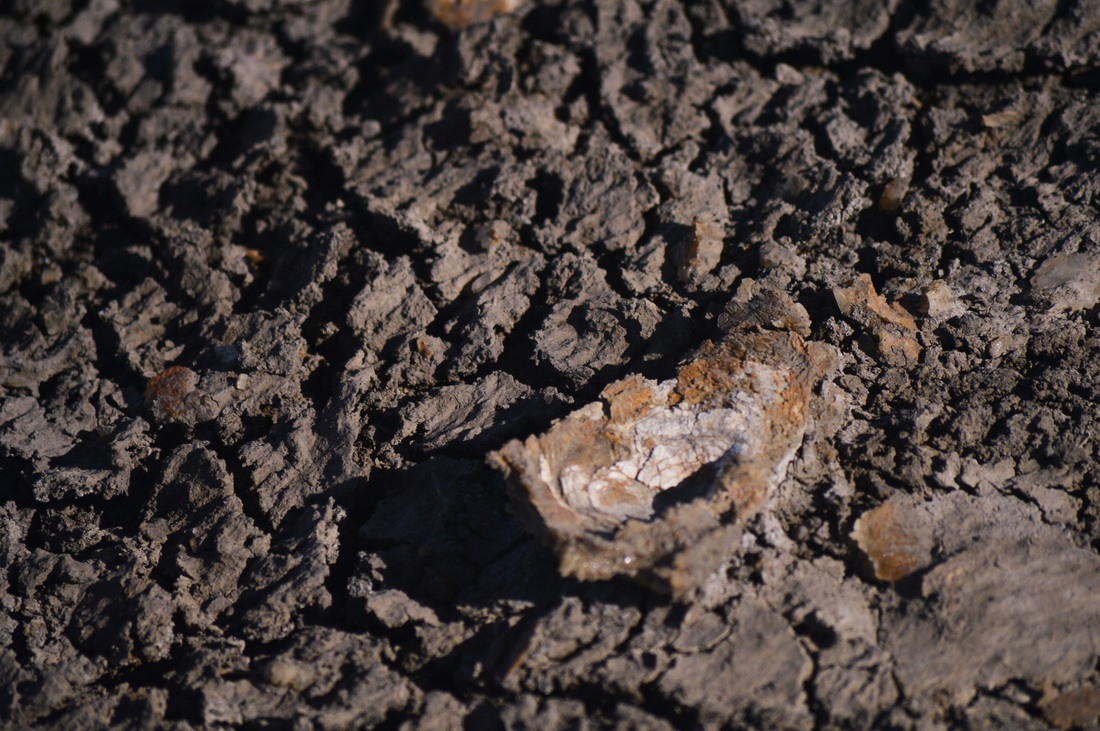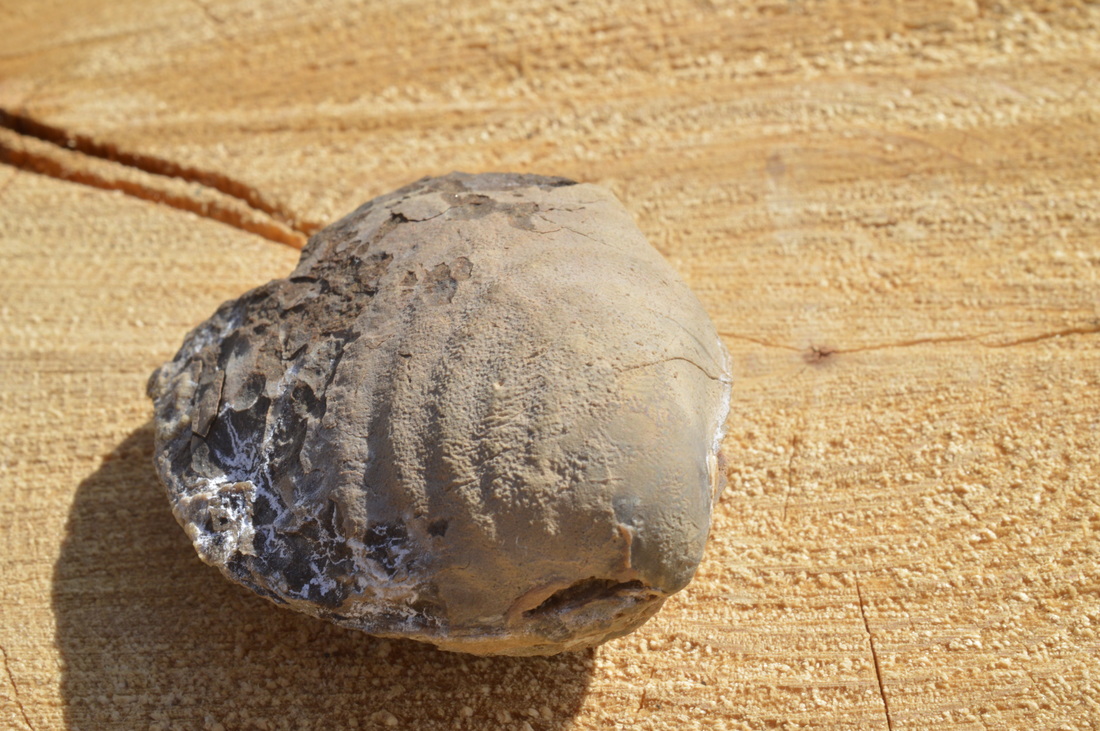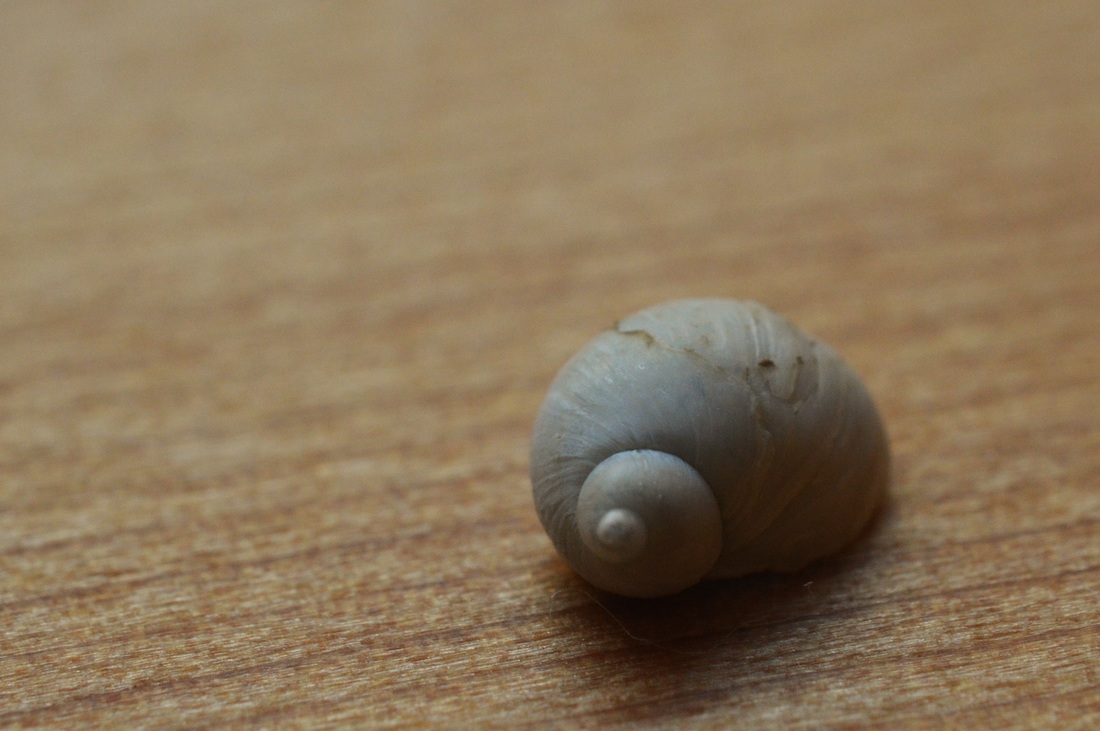By Aline Litt
Landmark crew member
These rolling, golden, bison-tracked plains used to be part of an ocean.
One hundred million years ago, the Great Plains lay submerged under a shallow, temperate, inland sea that spanned from the present-day Gulf of Mexico up to the Arctic Ocean.
Instead of mule deer, prairie dogs and coyotes, there were gigantic marine reptiles, enormous bony fish, and a diversity of mollusks.
Although many of the species that inhabited those waters are now extinct, I can still find lingering traces of the sea that used to occupy this region. I imagine it as I look across the smooth and gentle plains, interrupted only by deep wrinkles where glaciers and rivers have carved down into the bentonite clay.
I first found the ancient sea on a transect hike, walking on a ridge high above the surrounding land. Able to see for miles in every direction, I paid no attention to the ground beneath my feet, until I noticed that I was stepping on what looked to be eroding mollusk shells:
Over my first weekend here, I was once again reminded of that archaic ocean floor when I found a strange looking rock, and realized it was actually a fossil:
During a swift fox habitat survey, my mind yet again returned to thoughts of oceans past. While crawling under a barbed wire fence, I almost crushed a seashell smaller than the size of my littlest fingernail:
Each time I discover a new remnant from the ancient seaway, I grow lost in thought, imagining the dramatically different ecosystem that was once here. But my thoughts are drawn back to the present by the gorgeous vistas, herds of pronghorn, raptors flying overhead and the prairie dogs squeaking as I traipse through their towns. The gusty movements of this ocean of grass are just as soothing as the swaying of any ocean, and its expanse contains just as many hidden wonders.




